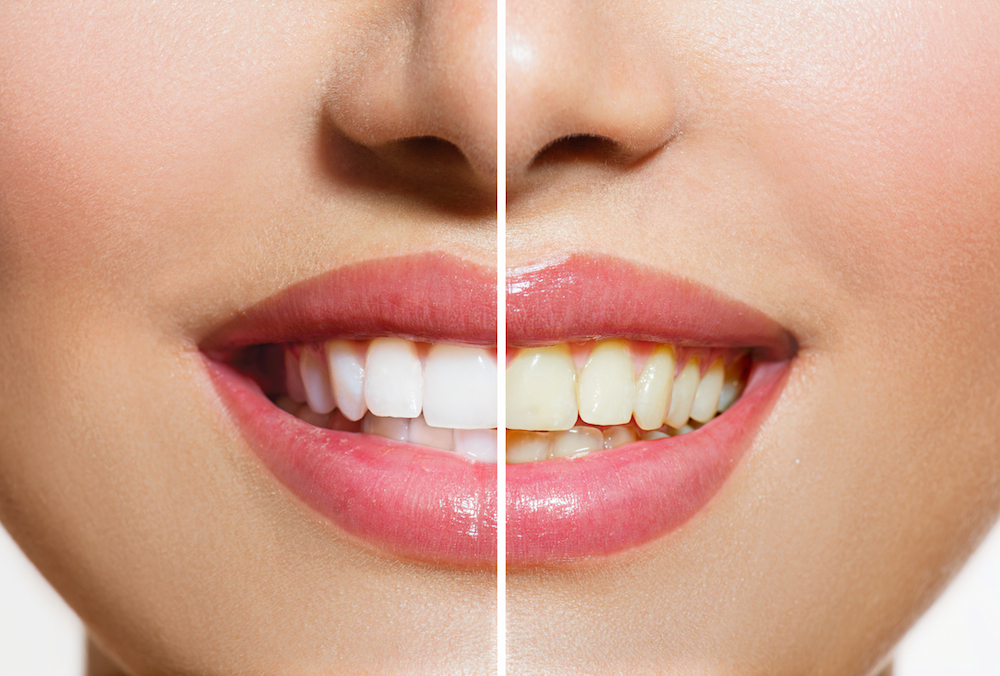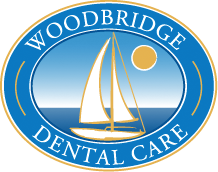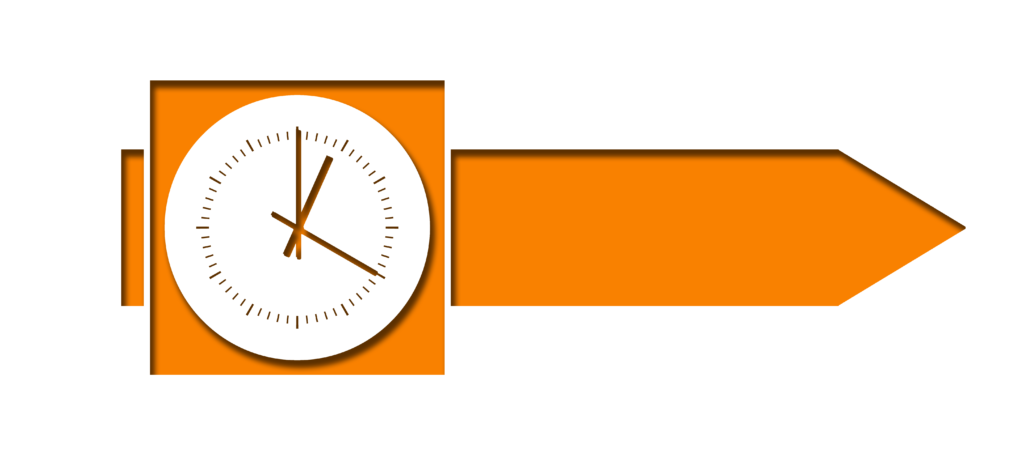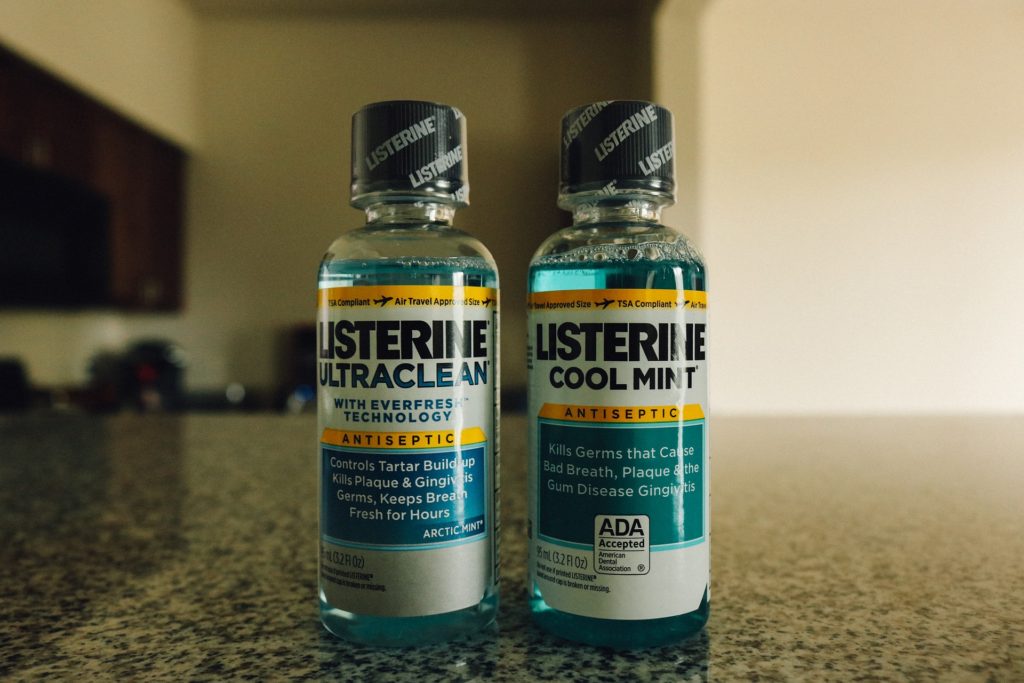
Many people want a smile they can be proud of and one way to achieve a dazzling smile is to have pearly white teeth. However, in order to maintain a bright smile, the dentist says you should be mindful of the types of things you consume. Because of certain factors, some foods or beverages can create harsh stains on your teeth that over time can be difficult to remove.
When considering foods that can stain teeth, be sure to look out for dark pigments. Some foods or beverages stain teeth because they have an intense amount of pigmented molecules that the dentist call chromogens. These chromogens latch on to dental enamel and cause your teeth to become discolored.
Another thing to look out for is foods or beverages that are very acidic. Acidic foods and beverages can cause staining by eroding the dental enamel which temporarily softens teeth and makes it easier for chromogens to latch on.
One rule of thumb for determining whether or not what you’re eating will stain your teeth is to determine if it will stain your white table cloth or carpet. Some of the main foods or beverages to consider would include, wine, coffee, cola, berries, sauces (such as soy sauce, curry sauce, or tomato sauce), and sweets. Also another main culprit for staining teeth is smoking or chewing tobacco.
Even if you consume dark pigmented or acidic foods, just know that there are a variety of options to help you achieve a pearly white smile. One option that can help prevent stains on your teeth would be to brush and floss twice-a-day. To brush more effectively, be sure to ask your dentist about electric tooth brushes. The electric toothbrush gives you the ability to clean your teeth and to help remove any stains or residue more thoroughly. Also be sure to ask your dentist about teeth whitening treatments that can be provided in office or at home.
For more dental tips on keeping your mouth healthy or to schedule your next visit to our office in Woodbridge, please contact our office.
Blog maintained by Identity Dental Marketing Company








